Are you tired of buying throwaway batteries all the time?
Using the best rechargeable batteries can save money and cut down on trash. They last longer and work on many devices.
For example:
- NiMH batteries can be recharged 500–1,000 times, replacing many disposables.
- Li-ion batteries last over 1,000 charges, great for busy gadgets.
Because of these perks, the best rechargeable batteries are super popular worldwide. Experts say the market could reach $150 billion by 2030.
So, which rechargeable batteries are best for daily use? Let’s explore!
Key Takeaways
- Rechargeable batteries help save money and cut down waste. You can use them many times, which makes them great for daily gadgets.
- Picking the right battery is important. Make sure the size and power fit your device for the best results.
- Taking care of batteries makes them last longer. Don’t overcharge, store them properly, and use the correct charger to keep them working well.
1. EBL AA 2800mAh Rechargeable Batteries
Key Features
Perfect for everyday gadgets, the EBL AA 2800mAh rechargeable batteries are a great pick. Here's why:
- High Capacity: These 2800mAh batteries work well in power-hungry devices like cameras and gaming remotes.
- Durability: You can recharge them up to 1,000 times, saving money and cutting waste.
- Low Self-Discharge: They keep 80% of their charge even after three years in storage.
- Eco-Friendly: Reusing these batteries helps reduce trash in landfills.
These qualities make them one of the top rechargeable battery options today.
Pros and Cons
Here's a quick look at the EBL AA 2800mAh batteries:
|
Pros |
Cons |
|
High capacity for power-hungry gadgets |
Costs more upfront than disposable batteries |
|
Long lifespan (up to 1,000 recharges) |
Needs a compatible charger |
|
Holds a charge for a long time |
Lower voltage (1.2V) than alkaline batteries |
|
Eco-friendly and saves money over time |
These batteries perform better than disposables in high-use situations and save money over time.
Best Use Cases
Check out these examples:
- High-Drain Devices: Great for digital cameras, flashlights, or wireless gaming controllers.
- Frequent Use: Ideal for daily-use items like remotes or wireless keyboards.
- Eco-Conscious Living: Perfect for reducing waste and living more sustainably.
When it comes to reliable AA and AAA rechargeable batteries, EBL is a standout. Whether you're using a camera on vacation or gaming at home, these batteries deliver every time.
2. EBL AAA 1100mAh Rechargeable Batteries
Key Features
The EBL AAA 1100mAh rechargeable batteries are a smart choice for smaller gadgets. Here’s why they’re great:
- High Capacity for Extended Use: These batteries store lots of energy, so your devices run longer.
- No Memory Effect: Recharge anytime without needing to drain them completely first.
- Durable Design: They can be recharged up to 1,000 times, saving money over the years.
- Stable Performance: They give steady power, perfect for devices needing consistent energy.
These batteries work well for small gadgets and last a long time.
Pros and Cons
Here’s how the EBL AAA 1100mAh batteries compare:
|
Advantages |
Limitations |
|
30–40% more capacity than regular NiCd batteries |
Needs a proper charger to avoid overcharging |
|
Eco-friendly and easy to recycle |
Can heat up during fast charging |
|
Reliable with no memory effect |
Loses charge faster when not in use |
These batteries are reliable for daily use, but careful handling helps them last.
Best Use Cases
Check these ideas of where to use these batteries:
- Low-Drain Devices: Great for remotes, clocks, and wireless mice.
- Portable Gadgets: Perfect for flashlights, small toys, and travel gear.
- Eco-Friendly Living: Helps reduce waste and supports sustainable energy choices.
For small devices, the EBL AAA 1100mAh batteries are a great pick. They’re durable, efficient, and better for the planet.
3. EBL 9V 600mAh Rechargeable Batteries
Key Features
The EBL 600mAh is a great pick for a dependable 9V rechargeable battery. These batteries give steady power and work well for important devices. Here’s why they’re special:
- Stable Voltage Output: They keep a steady 8.4V, so devices run smoothly.
- Rapid Charging: Charges fast, so your gadgets are ready quickly.
- No Memory Effect: Recharge anytime without losing battery life.
- Precharged and Ready to Use: Use them right away, no extra charging needed.
A simple look at their features:
|
Feature |
Description |
|
Steady Voltage |
Keeps 8.4V for smooth device operation. |
|
No Memory Effect |
Recharge anytime without hurting battery life. |
|
Quick Charging |
Saves time by charging faster. |
|
Long-lasting Power |
Works well through many charge cycles. |
|
Precharged Convenience |
Ready to use straight from the box. |
Pros and Cons
|
Pros |
Cons |
|
Reliable power for important devices |
Fewer recharge cycles than some other batteries. |
|
Works well over multiple uses |
Can’t charge individual cells separately. |
|
Eco-friendly and saves money long-term |
Costs more upfront than disposable 9V batteries. |
|
Precharged for instant use |
Not ideal for devices needing very long battery life. |
Best Use Cases
Some ideas for these batteries’ use:
- Smoke Detectors: Keep safety devices working when you need them.
- Wireless Microphones: Great for events or presentations needing steady power.
- Medical Devices: Reliable for tools like blood pressure monitors.
- Portable Instruments: Perfect for guitar pedals or small electronic gear.
Though these 9V rechargeable batteries have fewer cycles, they’re still a smart choice for devices needing steady and reliable power.
4. EBL C Size 5000mAh Rechargeable Batteries
Key Features
The EBL C Size 5000mAh rechargeable batteries are a great choice for for bigger gadgets. Here’s why:
- High Capacity: These 5000mAh batteries give long-lasting energy for large devices.
- Durable Design: Recharge them up to 500 times, saving money over time.
- Low Self-Discharge: They keep 75% of their charge even after years in storage.
- Eco-Friendly: Using these batteries helps reduce waste and protect the planet.
These features make them perfect for powering larger devices.
Pros and Cons
|
Pros |
Cons |
|
Long-lasting energy for big gadgets |
Costs more upfront than disposable batteries |
|
Rechargeable up to 500 times |
Needs a special charger |
|
Holds charge during storage |
Heavier than regular disposable batteries |
|
Eco-friendly and saves money |
Lower voltage (1.2V) than alkaline batteries |
These batteries work well for devices needing steady and reliable power.
Best Use Cases
Wondering where these batteries work best? Check out these examples:
- Toys and Flashlights: Great for motorized toys or bright flashlights.
- Portable Radios: Perfect for outdoor trips or camping adventures.
- Emergency Kits: Reliable for lanterns or other emergency lights.
Rechargeable batteries save money compared to disposables. For example:
A 4-pack of rechargeable C batteries costs $18.53 and lasts 500 uses, costing $0.04 per use. Disposable batteries cost $6 per pack but only work once, adding up to $730 for 500 uses.
If you want affordable rechargeable batteries, EBL offers great value and performance. These batteries are ideal for anyone needing reliable power without spending too much.
5. EBL D Size 10000mAh Rechargeable Batteries
Key Features
The EBL D Size 10000mAh rechargeable batteries are a great option for big, power-hungry devices. Here’s why they’re special:
- High Capacity: These 10,000mAh batteries give long-lasting power for gadgets like lanterns and medical tools.
- Stable Performance: They provide steady voltage, keeping devices running smoothly.
- Long Service Life: Recharge them up to 1,000 times without losing power. This makes them a money-saving choice.
- No Memory Effect: Recharge anytime without needing to fully drain them first.
- Eco-Friendly Design: Reuse these batteries to cut waste and help the planet.
These features make them perfect for devices that need lots of energy.
Pros and Cons
Here’s a simple look at the EBL D Size 10000mAh rechargeable batteries:
|
Pros |
Cons |
|
High capacity for energy-demanding gadgets |
Costs more upfront than disposable batteries |
|
Long lifespan with up to 1,000 recharges |
Needs a special charger |
|
Steady voltage for reliable performance |
Heavier than regular D batteries |
|
Eco-friendly and reduces trash |
Lower voltage (1.2V) than alkaline batteries |
These batteries are great for devices needing strong, steady power for a long time.
Best Use Cases
Here are some ideas to use these batteries:
- Emergency Equipment: Perfect for flashlights and lanterns in emergency kits.
- Medical Devices: Reliable for items like blood pressure monitors or oxygen machines.
- Outdoor Adventures: Great for camping gear like radios or air pumps.
- Power Tools: Ideal for drills and other tools needing lots of energy.
Rechargeable D batteries save money and reduce waste.
One rechargeable D battery can replace hundreds of disposable ones, saving money and helping the environment.
How to Pick the Best Rechargeable Batteries
Match Batteries to Your Device
Start by checking what your device needs. Not all batteries fit every gadget. Look at the size and type, like AA, AAA, or 9V. Devices like cameras need strong batteries for better performance. Clocks and remotes work fine with smaller ones.
Think about voltage too. Rechargeable batteries often have 1.2V, while disposables have 1.5V. Most gadgets handle this, but some may not. Brands like EBL list compatibility on their packaging. Always check before buying to avoid problems.
Check Battery Capacity
Capacity shows how long a battery lasts before recharging. Bigger capacity means longer use, which is great for devices needing lots of power. A 2800mAh AA battery lasts longer than a 2000mAh one.
Advertised capacity might differ from real use. Tests show charging before use helps batteries work better. Reviews and charts can help compare real-world performance. This makes it easier to pick the right battery for your needs.
Look at Charging Time and Lifespan
Charging time and lifespan affect how long batteries last. Fast charging is handy but can wear out batteries faster. Studies show that quick charging can damage high-capacity batteries over time.
Temperature matters too. Charging in heat can shorten battery life, while cooler places help them last longer. Choose batteries with a long lifespan, like those lasting 1,000 charges or more. They save money and cut waste.
Pick batteries that balance charging speed and durability. Slower charging often means batteries last longer.
Tips for Taking Care of Rechargeable Batteries
Don’t Overcharge
Overcharging can quickly harm your rechargeable batteries. Follow these tips to keep them working well:
- Use the Right Chargers: Always use chargers made for your battery type. Wrong chargers can cause overheating or damage.
- Unplug When Charged: Disconnect batteries once fully charged. Leaving them plugged in too long can create heat and shorten their life.
- Avoid Fully Draining: Don’t let batteries run out completely. This can make them less efficient over time.
These steps will help your batteries last longer and work better.
Store Batteries the Right Way
Storing batteries properly is important for keeping them in good shape. Here’s how:
- Keep them in a cool, dry spot to avoid heat damage. Stay away from hot places like cars.
- Don’t leave batteries inside devices. This can cause leaks or rust.
- Charge them to about 40-60% before storing for a long time. This keeps their chemistry stable.
- Check them now and then for leaks or damage.
These tips will help your batteries stay safe and last longer.
Use the Correct Charger
Using the right charger is key to keeping batteries in good condition. Different batteries need different chargers.
|
Battery Type |
Charging Needs |
Why It Matters |
|
Lead-Acid |
Needs specific voltage and current settings. |
Prevents damage and keeps batteries working well. |
|
Lithium-Ion |
Requires careful charging to avoid overheating and extend life. |
Using the right charger improves performance and lifespan. |
|
Nickel-Metal Hydride |
Needs controlled voltage and current, like lithium-ion. |
The correct charger stops overcharging and keeps batteries ready to use. |
Using the proper charger protects your batteries and helps them last. This is especially important for high-quality rechargeable brands.
Power Your Life Up
Picking the right rechargeable batteries can save money and help the planet. EBL is a top brand for reliable, long-lasting, and eco-friendly batteries. They’re better for the environment and your wallet. Here’s why rechargeable batteries are a smart choice:
|
Benefit |
Details |
|
Cost-Effectiveness |
You can reuse them many times, saving lots of money. |
|
Eco-Friendliness |
Using them 50+ times is greener than throwaway batteries. |
|
Lifespan |
They last up to 5 years with 500–1,000 recharges. |
|
Environmental Impact |
Their long use makes up for the energy to make them. |
|
Recycled Materials |
Some use recycled parts, lowering their environmental harm. |
Which rechargeable battery is best for you? It depends on what you need.
Whether it’s for toys, tools, or gadgets, EBL has great options. Switch today and enjoy affordable, eco-friendly power!
FAQ
What are the best rechargeable batteries for everyday use?
The best batteries depend on your gadget. For devices needing lots of power, try EBL AA 2800mAh. Smaller gadgets work great with AAA 1100mAh batteries.
How long do rechargeable batteries last?
Rechargeable batteries usually last 500–1,000 charges. Taking care of them, like not overcharging, helps them last longer.
Are rechargeable batteries better for the environment?
Yes! They replace hundreds of throwaway batteries, cutting down waste. Choosing good brands makes them an even greener option.



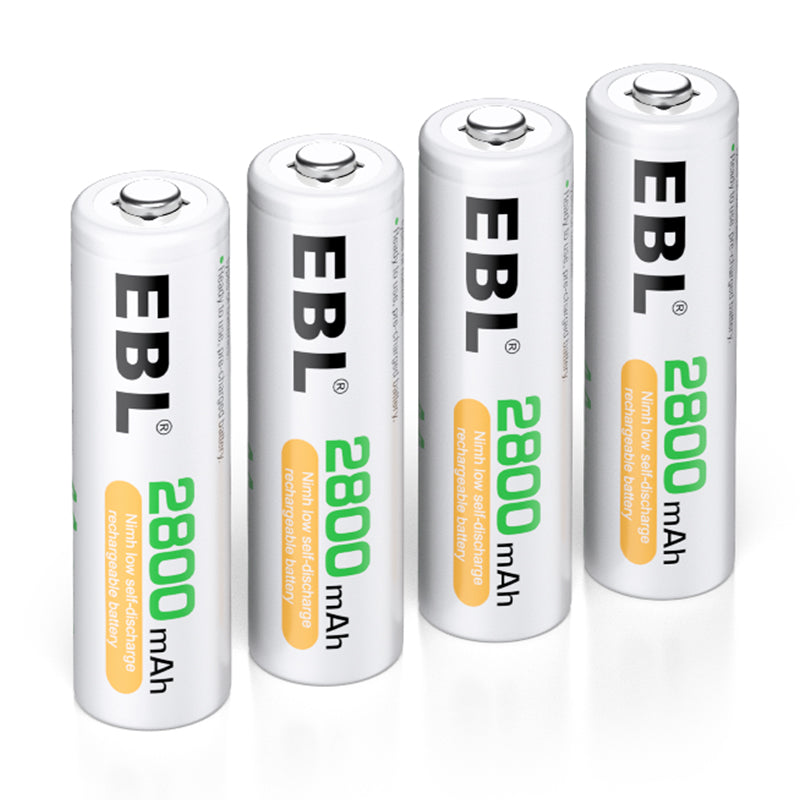
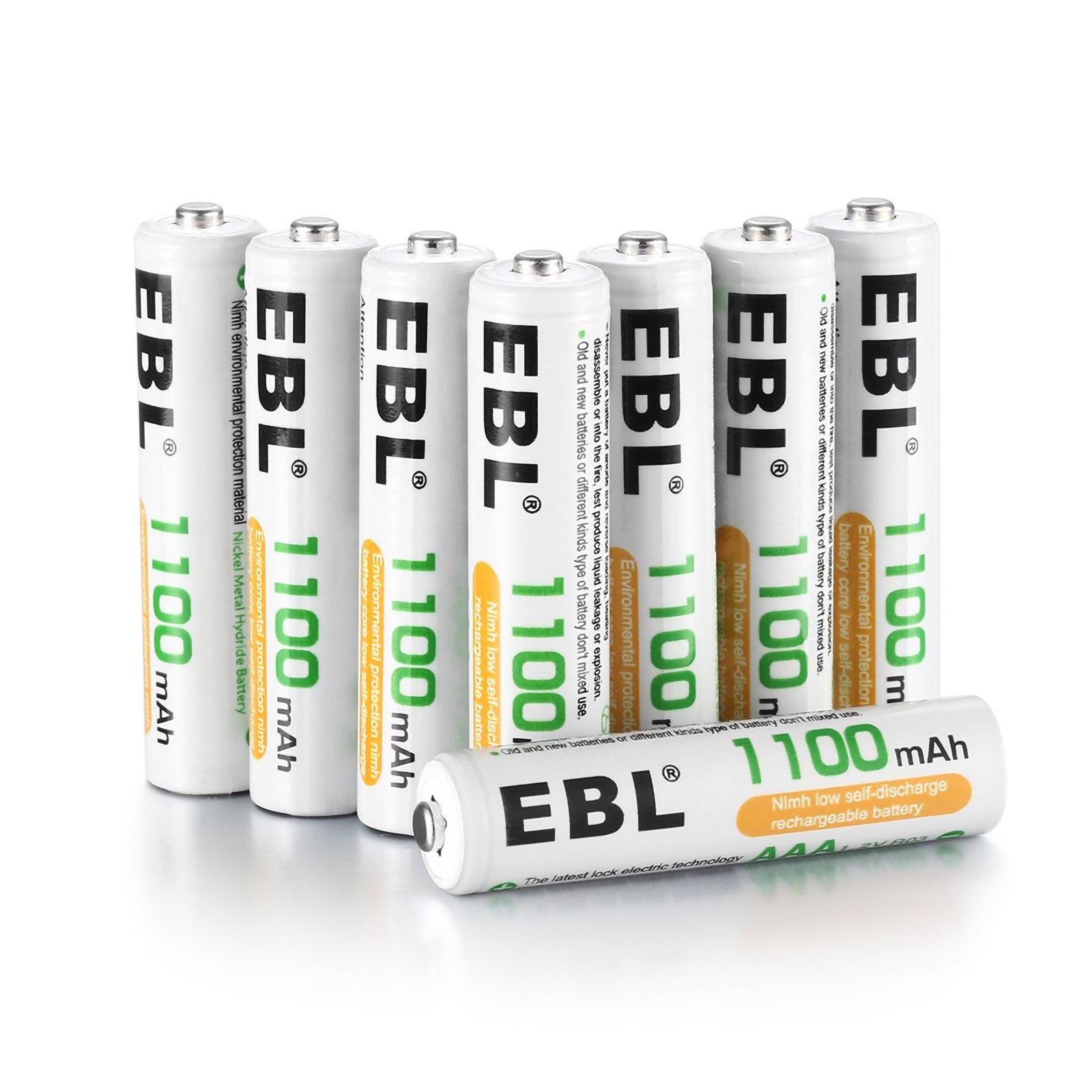
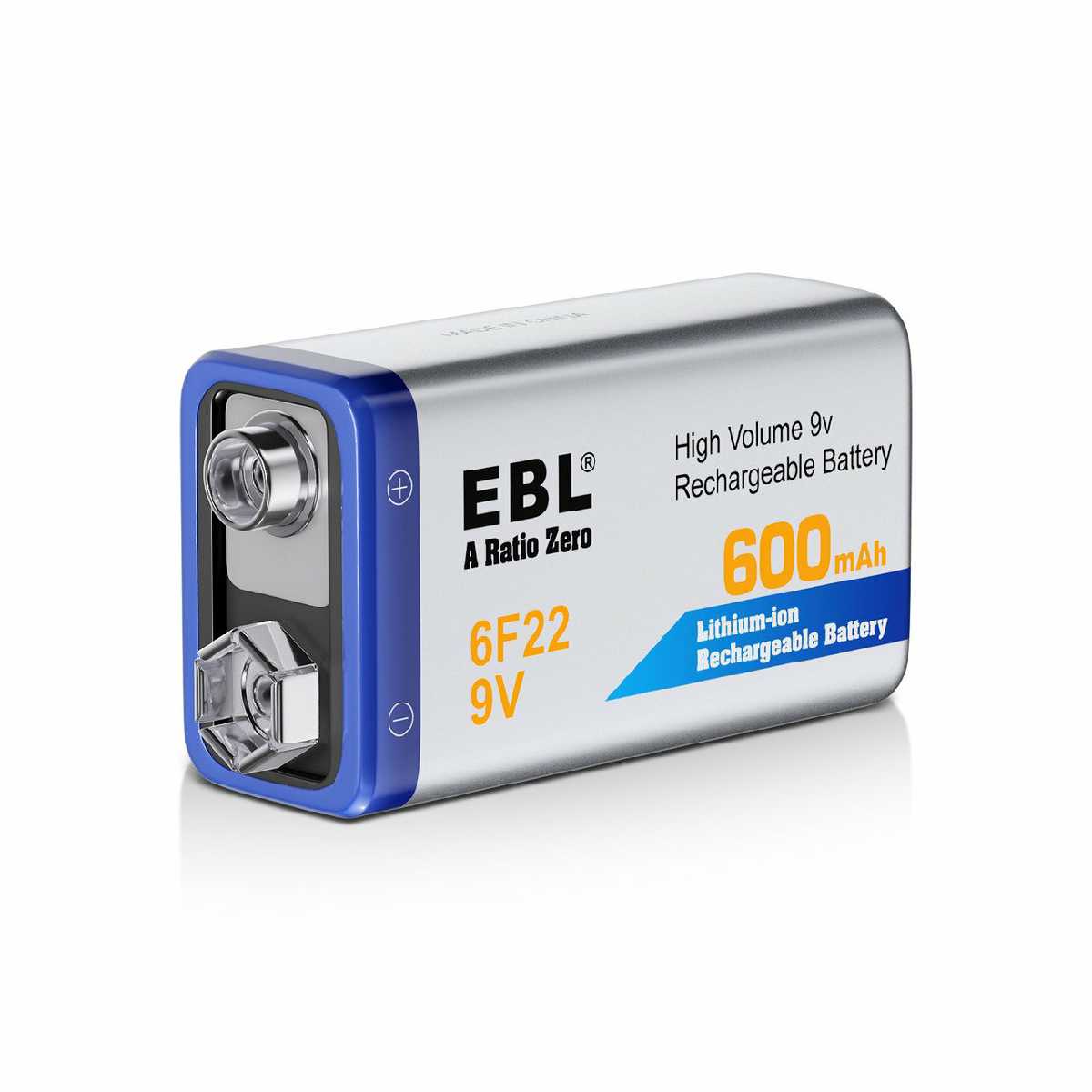
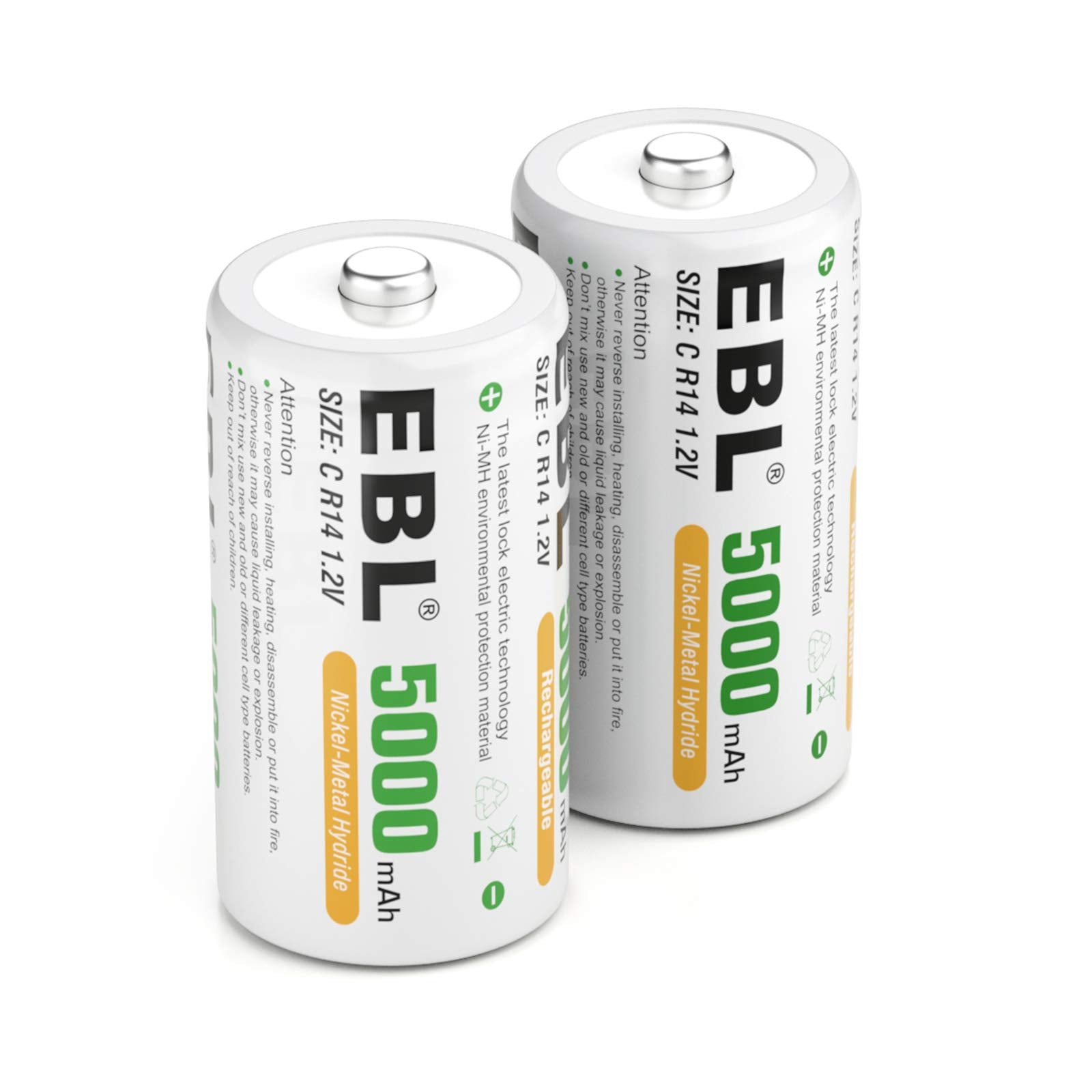
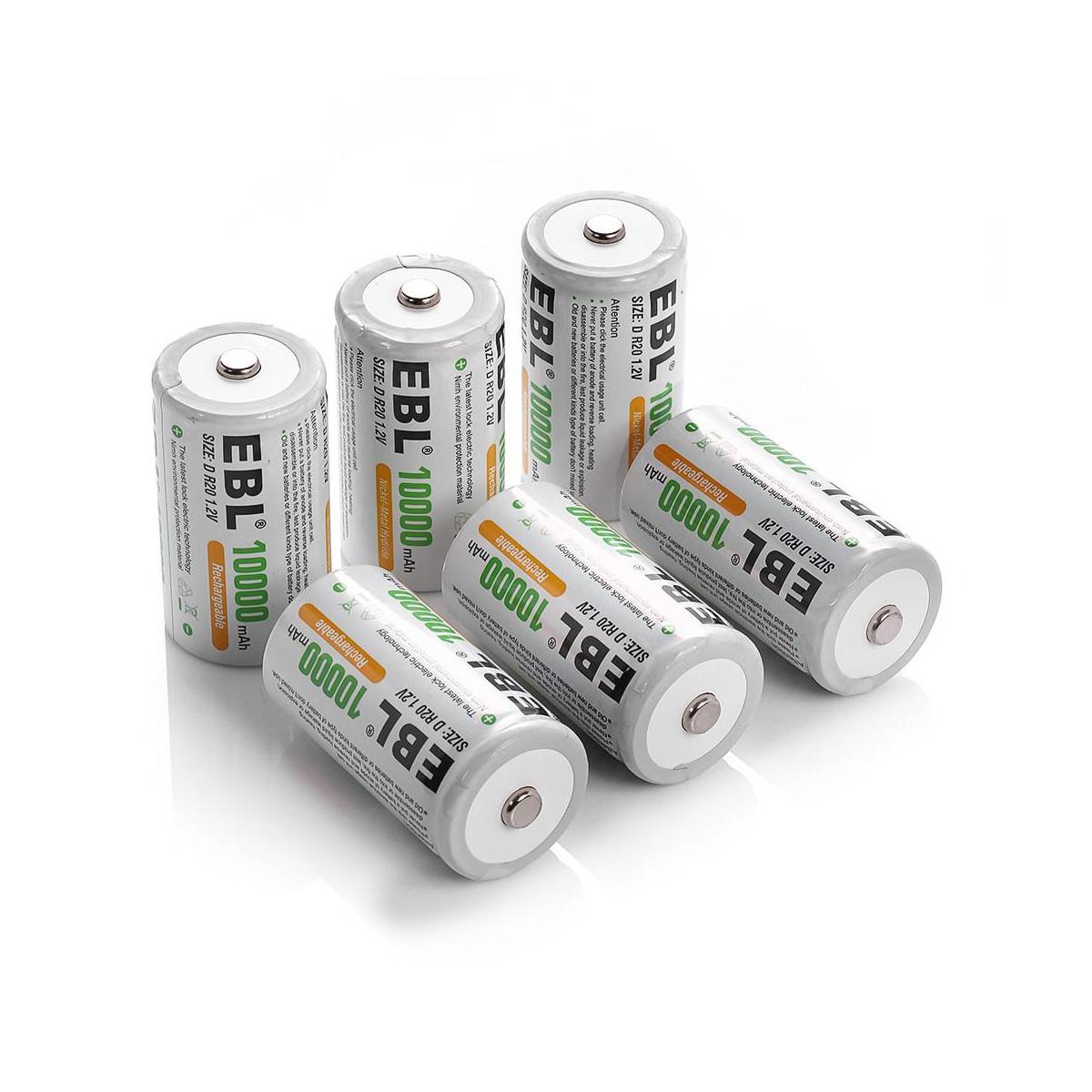


Leave a comment
All comments are moderated before being published.
This site is protected by hCaptcha and the hCaptcha Privacy Policy and Terms of Service apply.